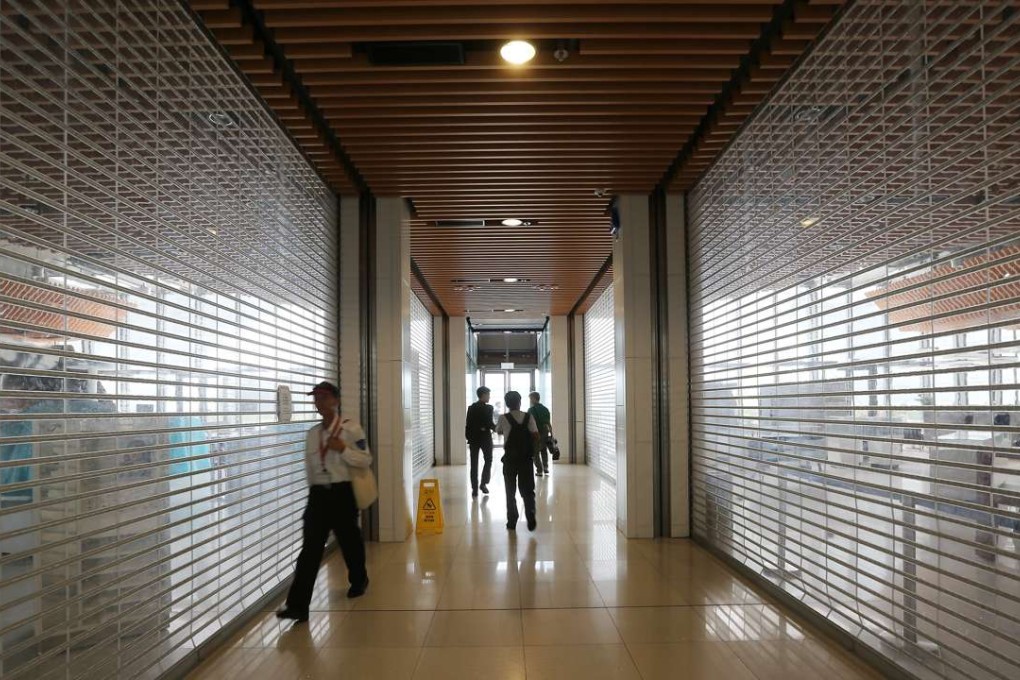Abacus | Opinion: How Hong Kong government’s poor maths sank Kai Tak Cruise Terminal
The 191 port visits that Hong Kong attracted last year compare weakly to the 391 calls made at Singapore and the 437 at Shanghai

Seven years ago, way back in May 2010, the South China Morning Post published an analysis of the Hong Kong government’s claims for its planned cruise ship terminal on the site of the old airport at Kai Tak. At a budgeted cost of HK$8.156 billion, the government claimed that when up and running, the terminal would generate economic benefits for Hong Kong of between HK$1.5 billion and HK$2.6 billion a year.
The Post’s analysis argued that the projected benefits were grossly over-inflated. It concluded: “The government could simply dump HK$8.156 billion of public money straight into the harbour. The economic benefits would be much the same.”
New Kai Tak terminal cruising towards losses
“Industries such as the retail sector, food and beverage, travel agents and hotels would benefit,” wrote the assistant commissioner, “with up to 8,900 jobs created per year.”
So it was interesting to see this month a report from the Audit Commission on the performance of the Kai Tak terminal in its first three and a half years of operation.
